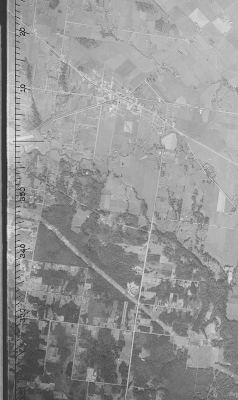Over the past few days, I have been posting about my observations from being in a dozen or so small- to mid-sized cities in Sweden last week. When it comes to creating safe streets that reduce fatalities and injuries, and promoting walking and cycling, Sweden is ahead of us. There is one important caveat: you need to be able-bodied.
If you where a person with limited mobility requiring a chair or other aid, getting around cities in Sweden independently is challenging, and in many cases impossible. While many city centres in Sweden have been around since the 16th Century or earlier, the sidewalks and streets are modern.
Curb letdowns and smooth sidewalks are key ingredients to making an accessible community for everyone. The following are examples from Langley City.
 |
| An example of a modern sidewalk in Langley City. Select image to enlarge. |
 |
| An example of an intersection in Langley City’s Downtown. Select image to enlarge. |
In Sweden, I noticed that curb letdowns where generally wide enough for one bicycle, but not a wheelchair.
 |
| An example of a crosswalk in Sweden with a narrow curb letdown and a sidewalk with uneven pavers. Select image to enlarge. |
I also noticed that they used a lot of pavers. While they are pretty, they are hard to navigate when using a mobility aid.
 |
| An example of a typical city square in Sweden with pavers. Select image to enlarge. |
I noticed that people with limited mobility needed the help of friends or strangers to navigate in the places that I visited. While this might seem good, having to rely on other people to get around is not. As humans, we all need independence.
My observation about the lack of accessible access in most city centres in Sweden reminded me of the importance of making sure that we are building a community for all people in Langley City.
In Langley City, we have an accessibility representative on our Advisory Planning Commission which looks at all development proposals for our community. This is important because as an able-bodied person, there are things that I won’t get that someone with lived experience will be able to call out.
While there are many things that we can learn from Sweden about creating safer streets, we must not loose sight of the importance of building communities where people of all abilities can move around independently.























